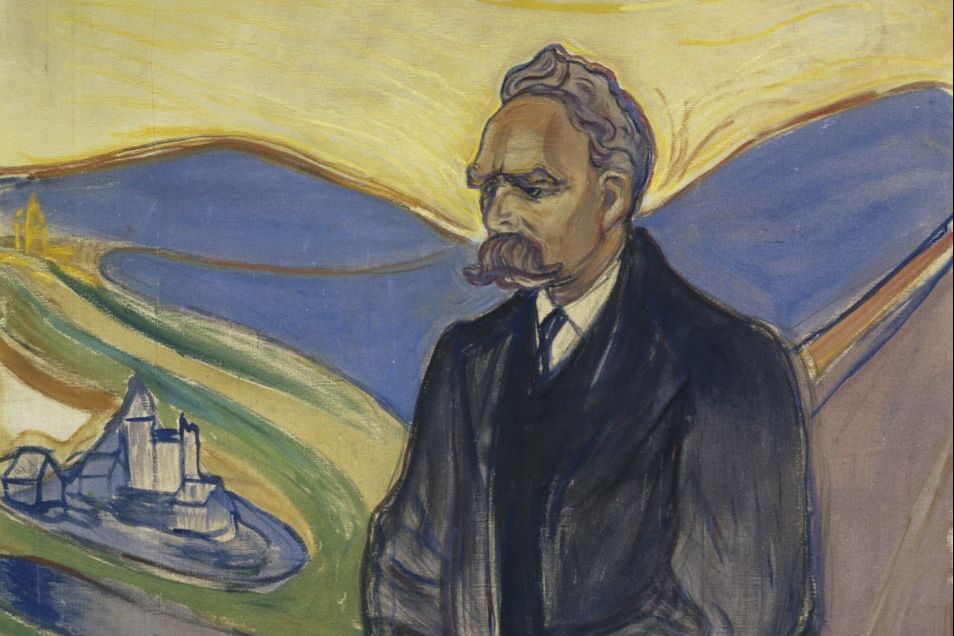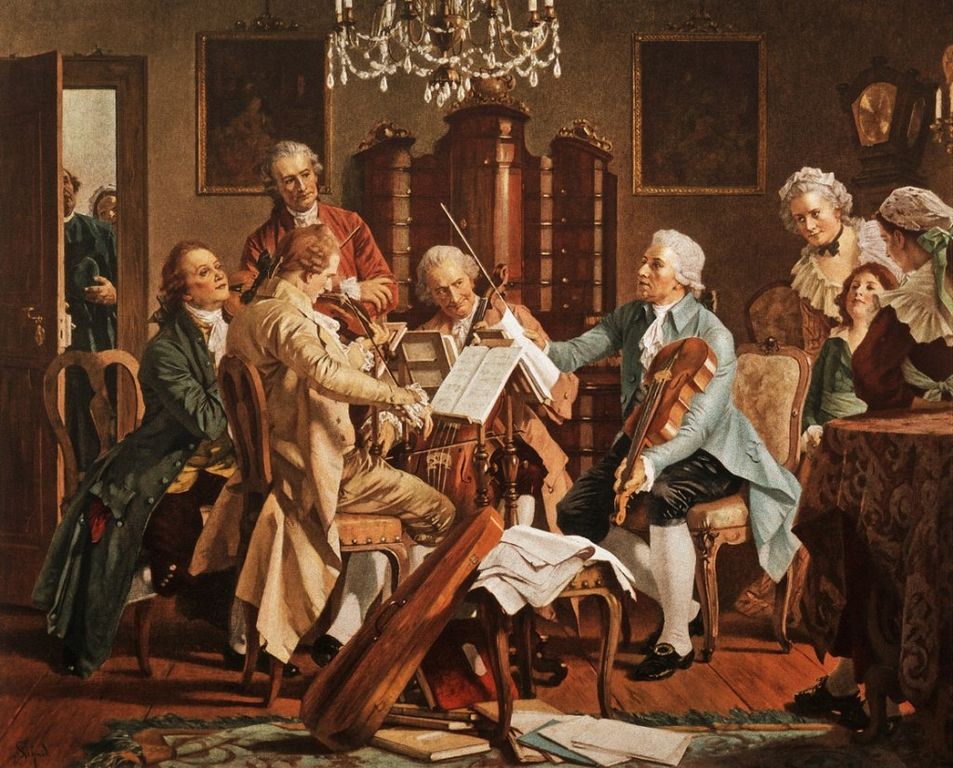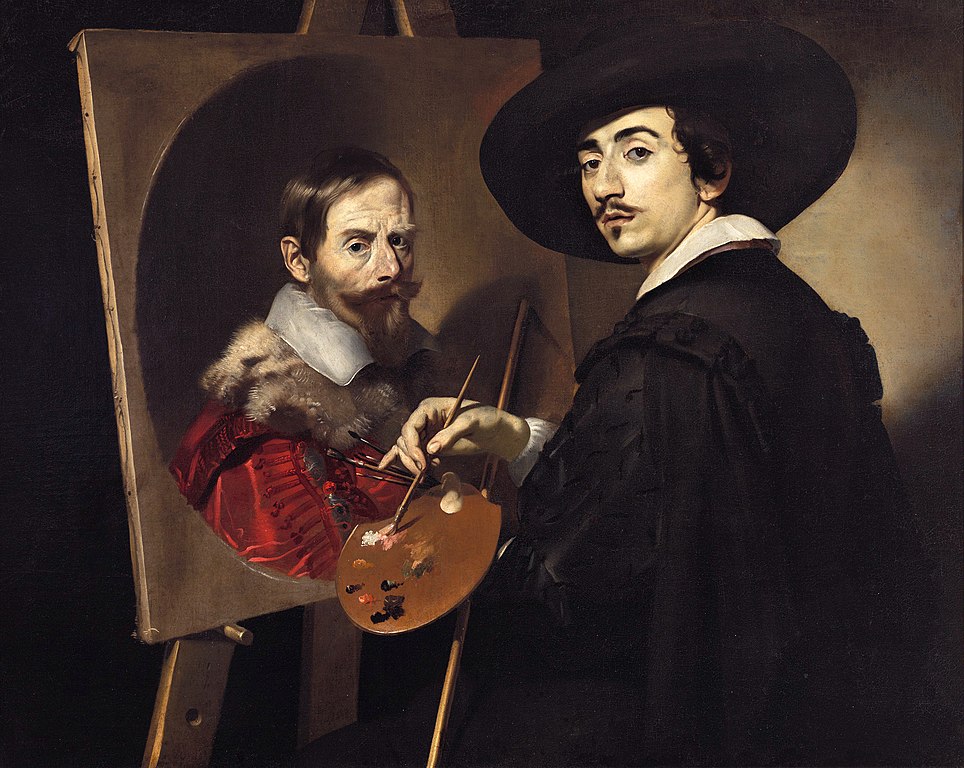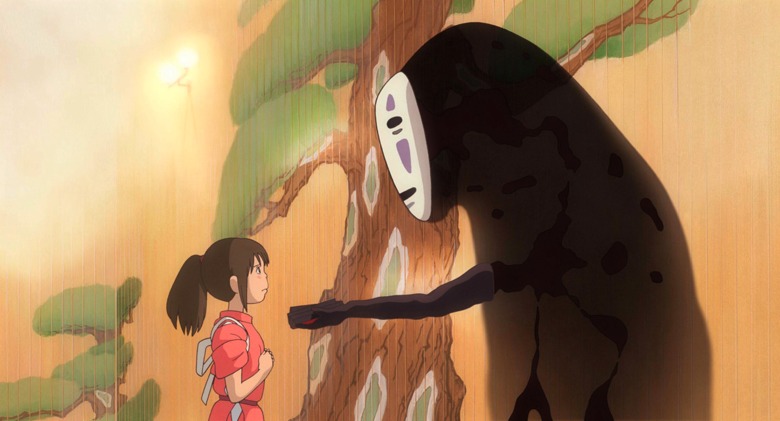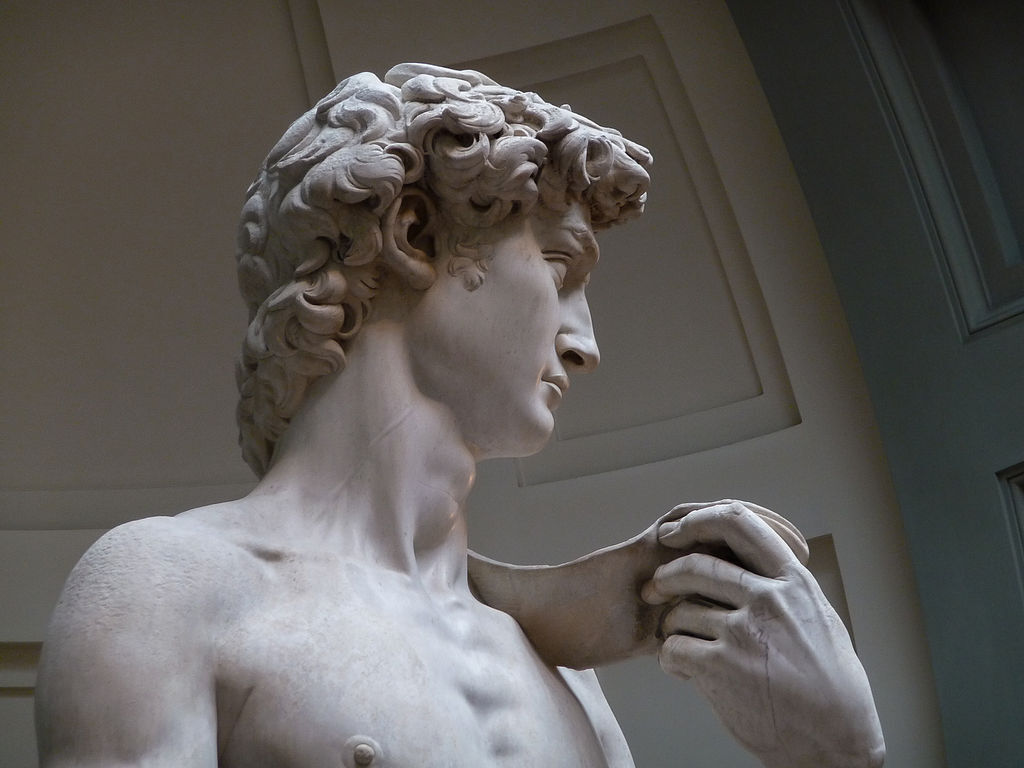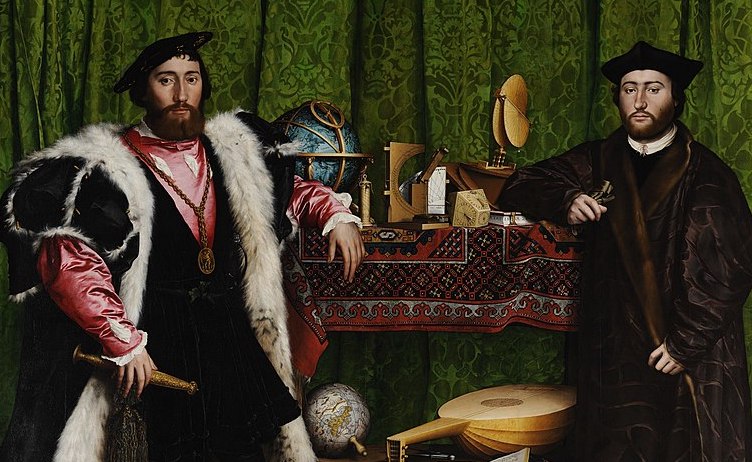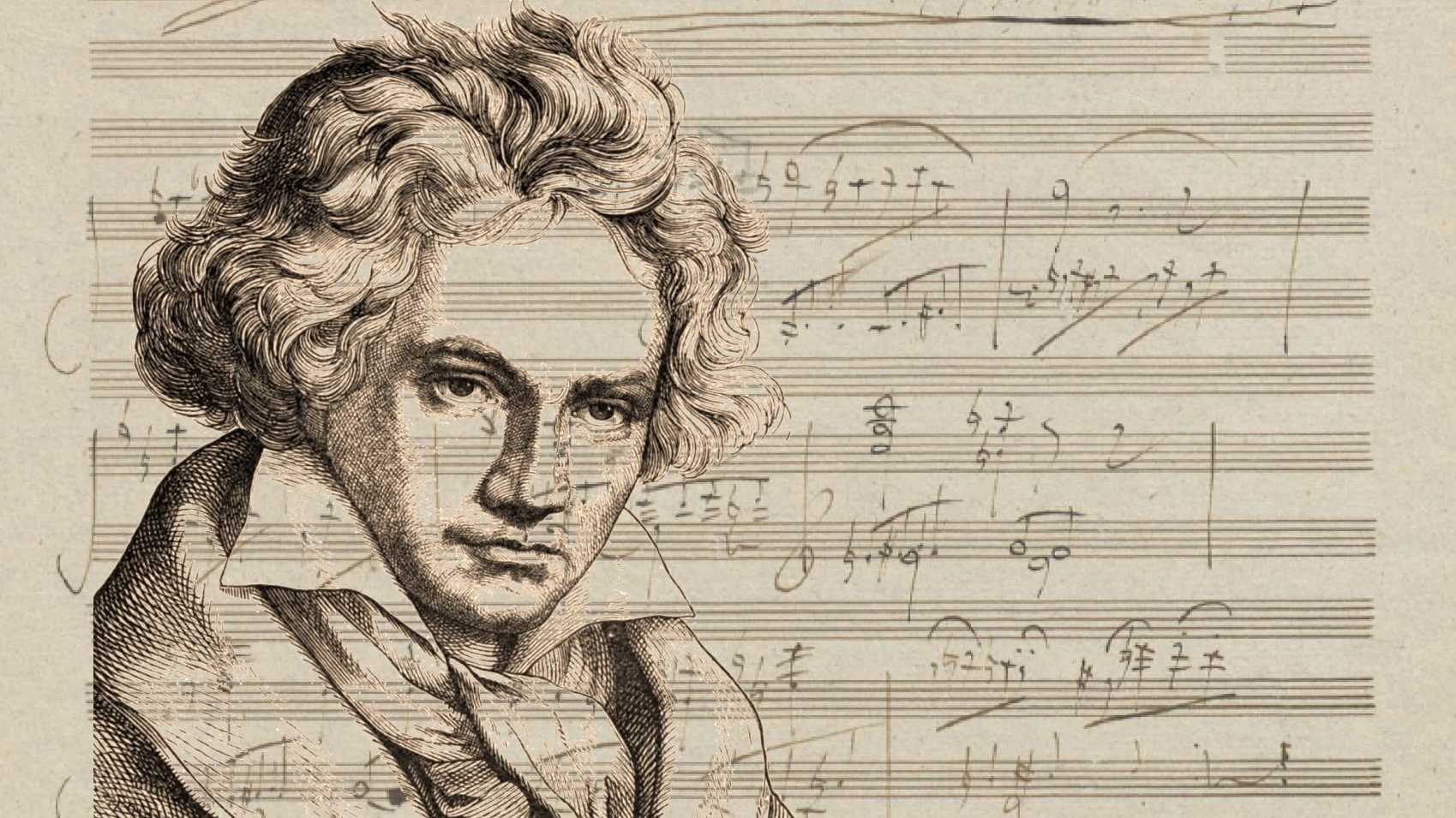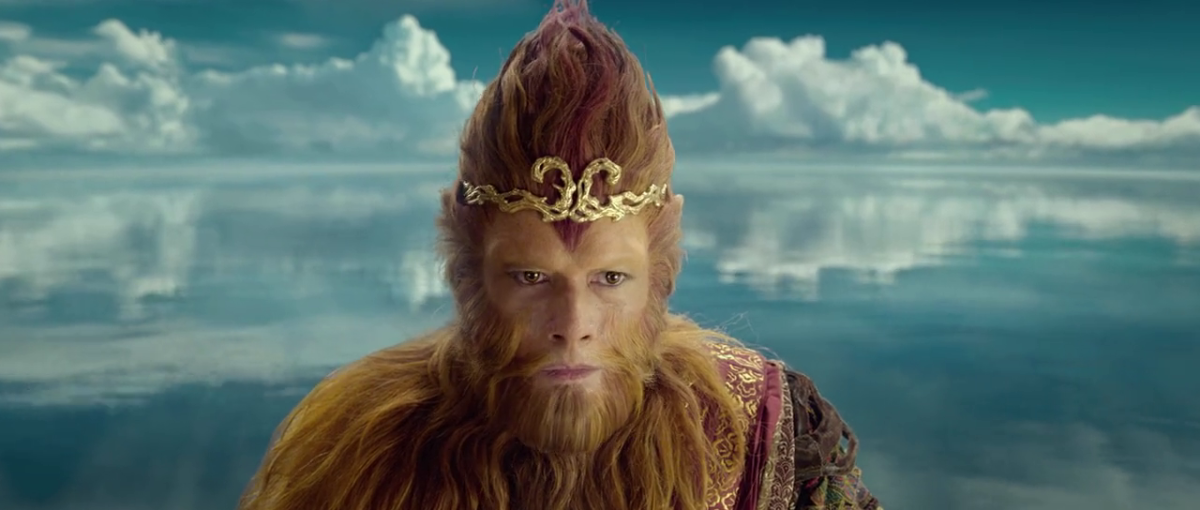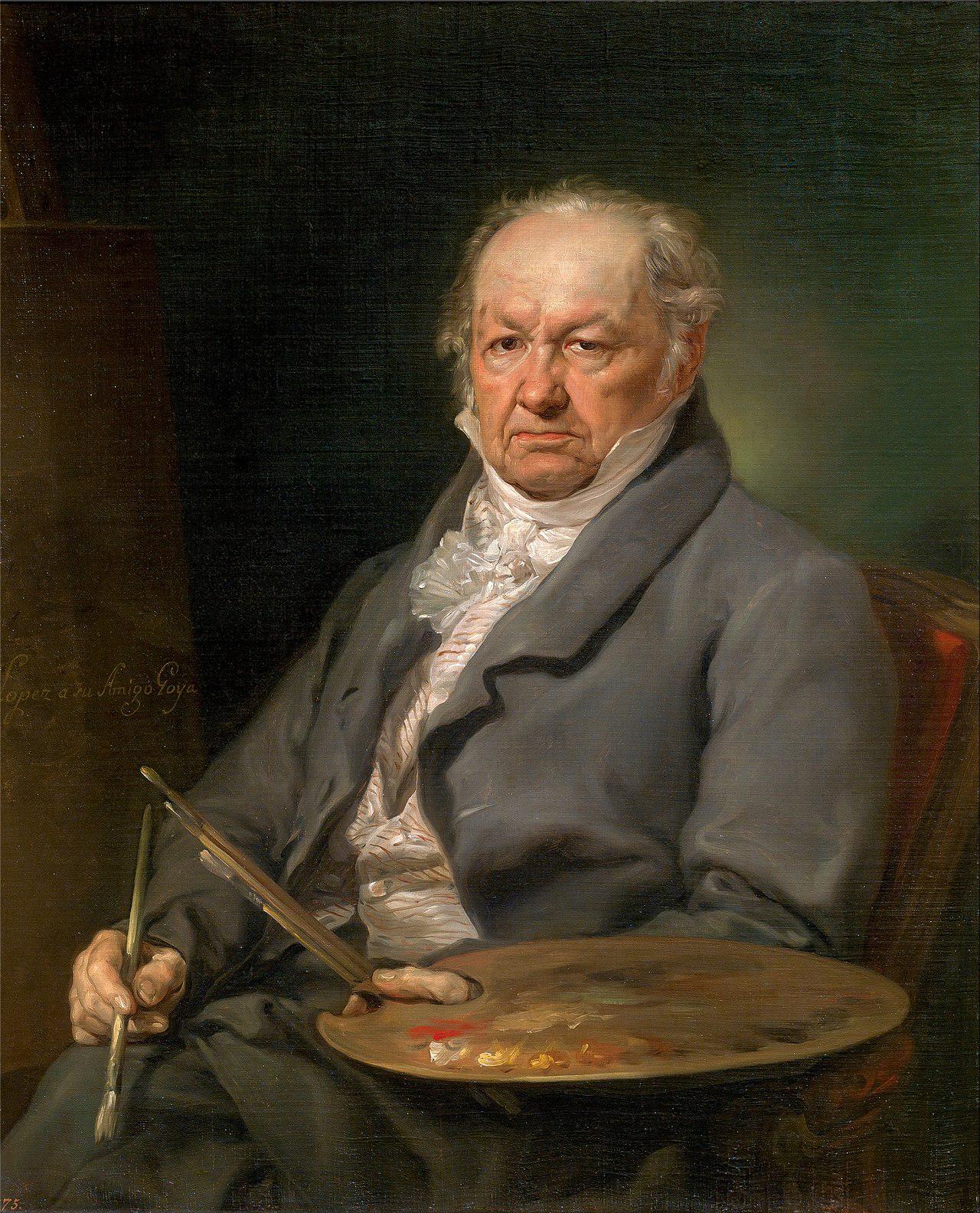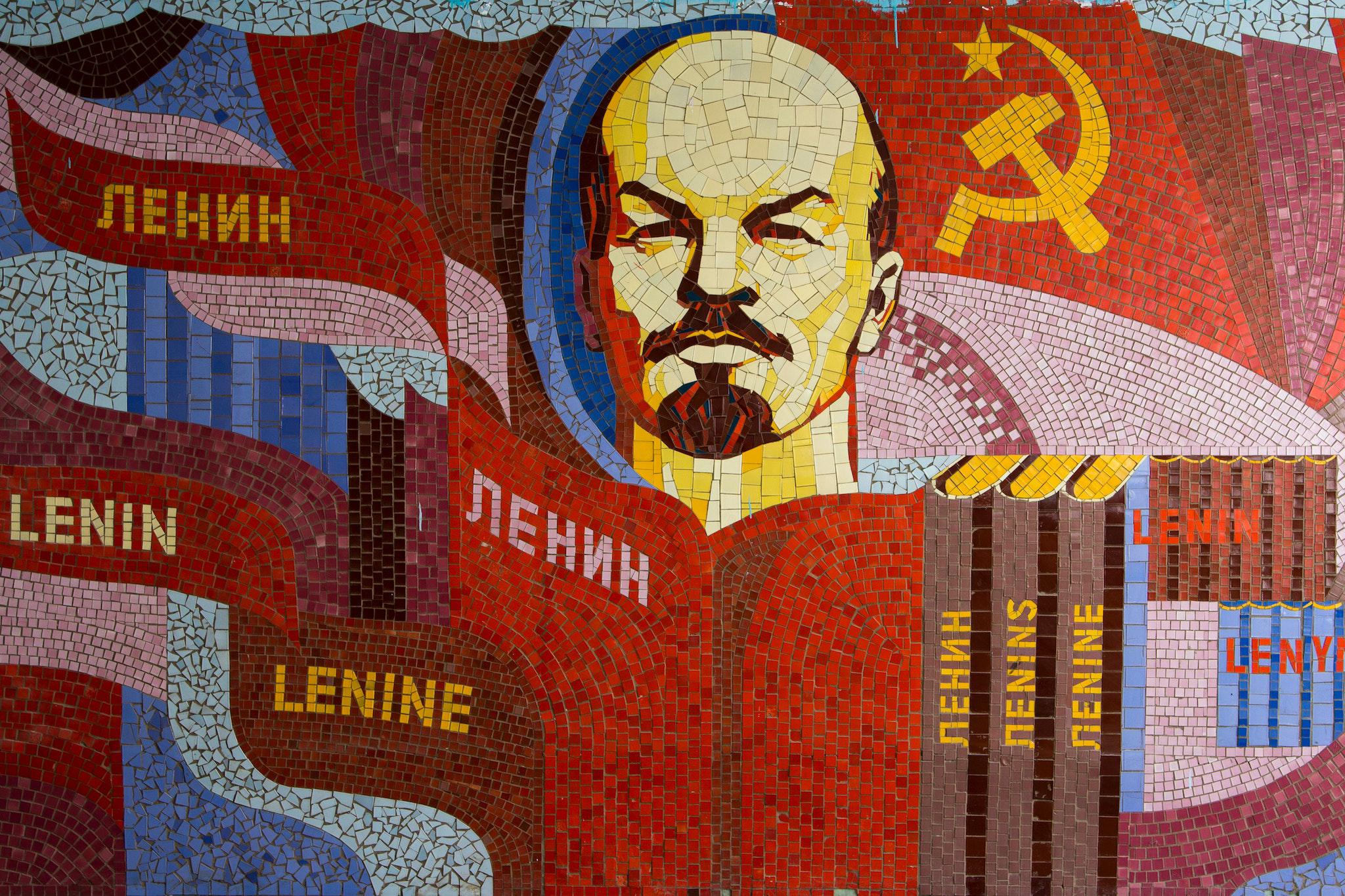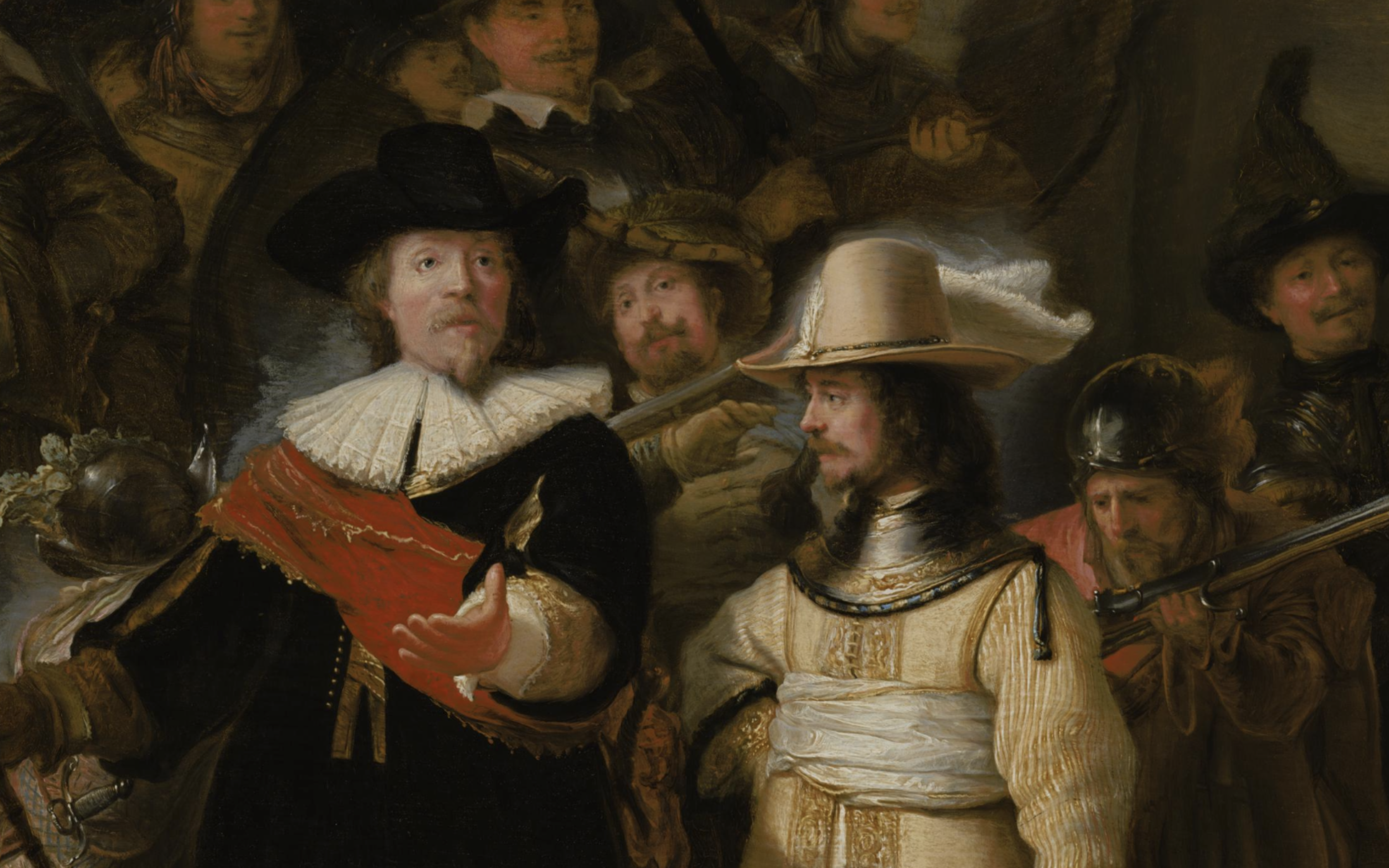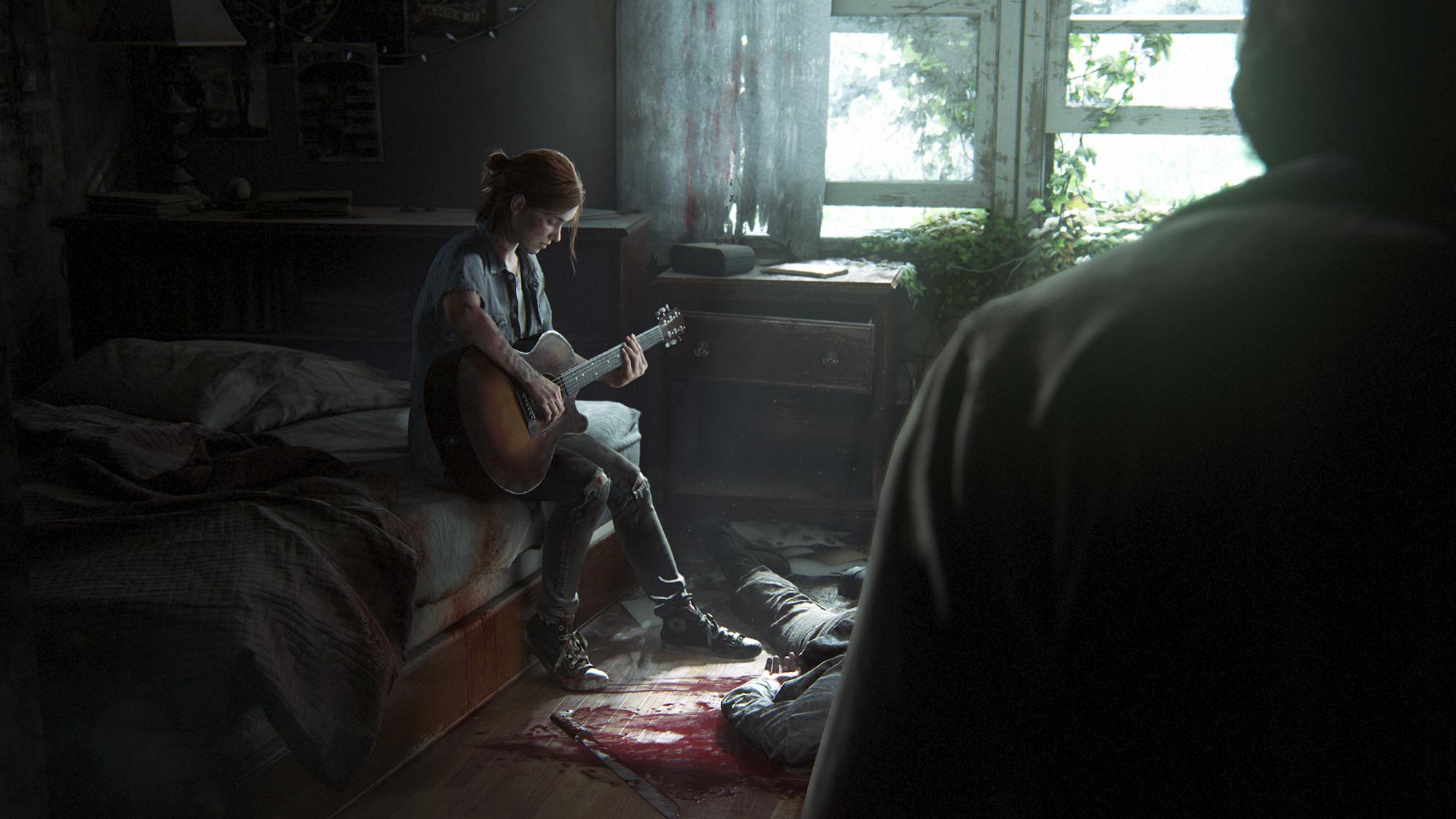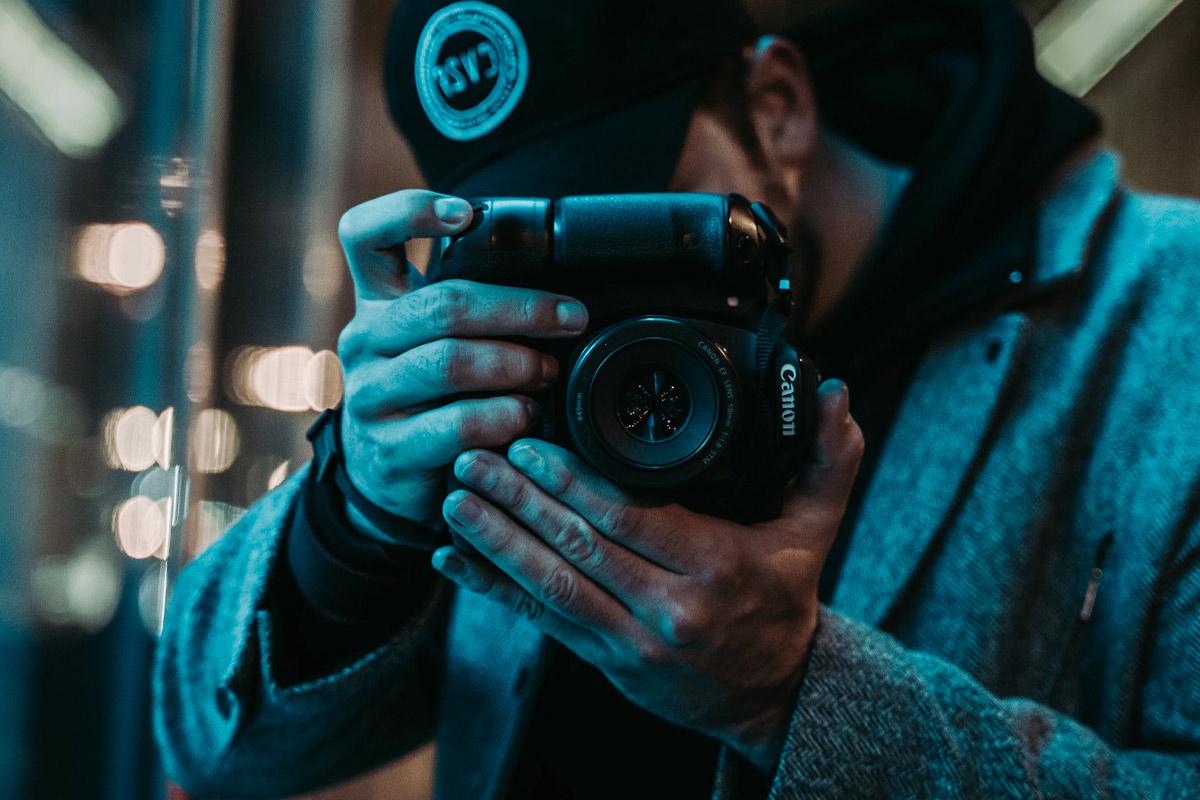art
The German thinker wrote both treatises and songs. He approached each form of expression with the same level of interest.
Haunting photographs depict the dead as “still with us.”
Music is often labelled a “universal language,” and according to the philosopher Arthur Schopenhauer, there is a good reason for that.
In hell, we assume a position of moral superiority, looking down over the sinners and the poor decisions that led them to this wretched place. In heaven, Dante is looking down upon us.
Portraiture is one of the most intimate genres in all of painting, and it has reinvented itself many times across European history.
Studio Ghibli movies celebrate the natural world using a very Japanese mixture of Shinto, Buddhist, and Daoist themes.
Bolsheviks planned to erect a towering monument to the socialist cause, but their quixotic ideas never got off the ground.
Although the statue’s political connotations faded over time, its eyes remain fixed on a key moment in Florentine history.
The German artist painted death as it appeared in life – omnipresent and hidden in plain sight.
Ever wondered what oxytocin receptor proteins sound like?
Due to deteriorating health, all Beethoven left behind for his final symphony were some musical sketches.
In the perilous mountains of Tibet, archaeologists unearthed ancient hand and footprints that seem to be the creative work of children.
Journey to the West is rightly considered one of the most influential novels ever written, but the real reason for its success may be its charismatic poster-boy: The Monkey King.
Francisco José de Goya y Lucientes is often labeled a quintessential Spanish artist, but his allegiance may well have lied with the French Enlightenment instead.
This freshly unearthed image drastically alters the meaning of one of the artist’s most celebrated works.
Russian movies continue to be used as a mouthpiece for the country’s political leadership.
The Rijksmuseum employed an AI to repaint lost parts of Rembrandt’s “The Night Watch.” Here’s how they did it.
Ernst Chladni proved that sound can be seen, and developed a technique of visualizing vibrations on a metal plate.
A machine learning system lets visitors at a Kandinsky exhibition hear the artwork.
Using urinals, psychological collages, and animated furniture to shock us into reality.
Sometimes, moral lessons can be learned from blowing away zombies.
A curated list of must-watch films from Big Think readers.
From action shots to locking down the perfect lighting, you can master the art of photography with these online lessons.
The chariot survived ancient eruptions and modern-day looters to become a part of the world heritage site.
Technology of the future is shaped by the questions we ask and the ethical decisions we make today.
▸
5 min
—
with
“The Expanse” is the best vision I’ve ever seen of a space-faring future that may be just a few generations away.
MIT professor Azra Akšamija creates works of cultural resilience in the face of social conflict.
Words of wisdom from H.P. Lovecraft, Sir Anthony Hopkins, Dr. Temple Grandin, Hannah Gadsby and more.
“Deepfakes” and “cheap fakes” are becoming strikingly convincing — even ones generated on freely available apps.
Meet a spectacular new blue—the first inorganic new blue in some time.
